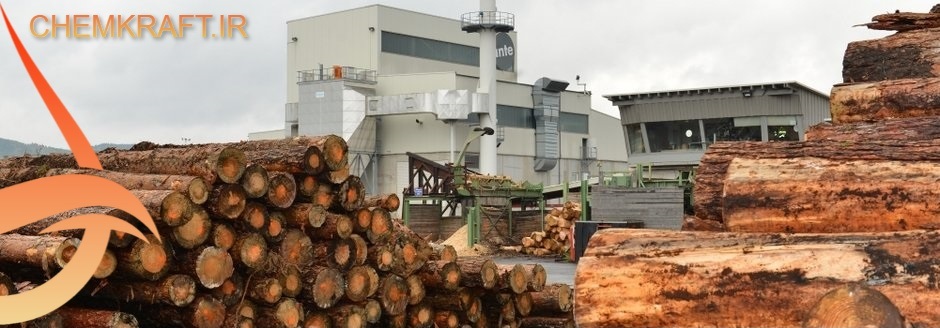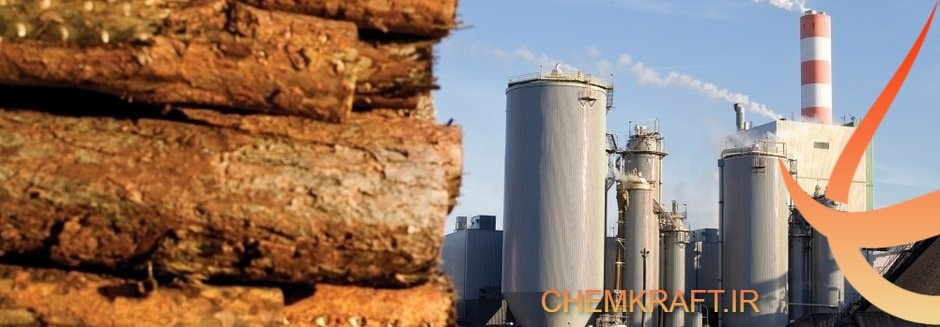I. Introduction
The application of caustic soda in the pulp and paper industry plays a crucial role in various stages of the manufacturing process. Caustic soda, also known as sodium hydroxide (NaOH), is an essential chemical compound used for its alkali properties. It offers numerous benefits, including its ability to break down lignin, facilitate bleaching, and adjust pH levels. This article will delve into the significance of caustic soda in the pulp and paper industry, exploring its role in pulp digestion, bleaching, deinking, and papermaking processes.
Furthermore, it will shed light on the production methods, environmental impact, safety measures, and future prospects of caustic soda application in this industry. Understanding the vital role of caustic soda will enable us to comprehend its impact on the overall quality and production efficiency of pulp and paper products.
I. Caustic Soda in the Pulp and Paper Industry
Definition and Composition
Caustic soda, also known as sodium hydroxide (NaOH), is a strong alkaline compound that is commonly used in the pulp and paper industry. It is a white, crystalline solid that dissolves easily in water to form a highly corrosive solution.
Significance of Caustic Soda in the Industry
Caustic soda plays a vital role in various processes within the pulp and paper industry. Its strong alkaline properties make it an excellent choice for applications such as pulping, bleaching, and pH adjustment. It helps in facilitating the separation of cellulose fibers from wood and contributes to the overall quality and efficiency of pulp and paper production.

II. Production of Caustic Soda
Manufacturing Processes
Caustic soda is predominantly produced through two main processes: the electrolytic process and the causticization of soda ash. In the electrolytic process, a brine solution is electrolyzed to obtain sodium hydroxide, while the causticization process involves reacting soda ash (sodium carbonate) with lime (calcium oxide) to produce sodium hydroxide.
Types of Caustic Soda
Caustic soda is available in various forms, including solid flakes, pellets, and as a concentrated liquid solution. The different forms are used depending on the specific requirements of the pulp and paper manufacturing processes. Solid forms are commonly used for handling and storage convenience, while liquid solutions are preferred for ease of application.
III. Caustic Soda’s Role in Pulp and Paper Manufacturing
Overview of Pulp and Paper Manufacturing
Pulp and paper manufacturing involves the conversion of wood fibers into paper products. The process includes several stages such as pulping, bleaching, refining, and papermaking. Each stage requires specific chemicals to achieve the desired quality, strength, and brightness of the final paper product.
Importance of Chemicals in the Process
Chemicals play a crucial role in the pulp and paper manufacturing process. They aid in breaking down wood fibers, removing impurities, bleaching, and adjusting pH levels. Caustic soda is one of the essential chemicals used in the industry due to its alkaline nature, which contributes to efficient pulp digestion and bleaching processes.
IV. Caustic Soda in Pulp Digesting Process
Introduction to Pulp Digesting
Pulp digestion is a key step in the pulping process where wood chips are treated with chemicals and heat to dissolve lignin and separate the cellulose fibers. This process helps in obtaining pulp that can be further processed into paper.
Role of Caustic Soda in Pulp Digesting
Caustic soda plays a significant role in pulp digesting by aiding in the breakdown of lignin, a complex polymer that binds wood fibers together. The strong alkaline properties of caustic soda help break the lignin bonds, allowing the separation of cellulose fibers from other components of wood chips. This process is crucial for obtaining high-quality pulp suitable for papermaking.
V. Caustic Soda’s Impact on Bleaching and Deinking
Bleaching Process in the Pulp and Paper Industry
Bleaching plays a crucial role in the pulp and paper industry, as it helps remove impurities and brighten the final product. It is a necessary step to ensure the desired whiteness and quality of paper. The process involves the use of various chemicals, including caustic soda.
Role of Caustic Soda in Bleaching
Caustic soda, also known as sodium hydroxide, acts as a key component in the bleaching process. It helps break down lignin, a natural polymer that gives wood its strength and color. By dissolving lignin, caustic soda allows for the separation of cellulose fibers, which are then used to produce paper. It also helps remove unwanted impurities, such as residual lignin and other organic compounds, ensuring a brighter and cleaner end product.
Deinking Process and Caustic Soda’s Role
In addition to bleaching, caustic soda also plays a significant role in the deinking process. Deinking involves removing ink and other contaminants from recycled paper to produce a pulp that can be used for papermaking. Caustic soda helps break down the ink particles, making them easier to remove through various mechanical or chemical processes. Its alkaline nature assists in separating the ink from the paper fibers, resulting in a cleaner and higher quality recycled pulp.
VI. Caustic Soda’s Role in Papermaking Process
Overview of Papermaking Process
The papermaking process involves several steps, starting from the preparation of pulp to the final production of paper. It encompasses activities like pulping, refining, paper formation, pressing, drying, and finishing. Throughout this entire process, caustic soda plays a vital role in ensuring the overall quality of the paper.
Caustic Soda’s Role in Paper Production
Caustic soda is used in various stages of paper production. It helps control pH levels during pulping, improves pulp strength, and aids in the removal of impurities. During refining, caustic soda aids in breaking down fibers to create a smoother and more uniform pulp. It also contributes to the sizing process, which prevents ink from penetrating the paper surface. Additionally, caustic soda is used in the wastewater treatment of paper mills, helping to neutralize acidic effluents and minimize environmental impact.
VII. Environmental Impact and Safety Measures of Caustic Soda in the Industry
Environmental Considerations
While caustic soda is a valuable chemical in the pulp and paper industry, it is essential to consider its environmental impact. The production of caustic soda can release greenhouse gases and result in the generation of hazardous by-products. However, many paper mills have adopted sustainable practices, such as closed-loop systems and wastewater treatment, to minimize the environmental footprint associated with caustic soda usage.
Safety Measures and Handling of Caustic Soda
Safety measures are of utmost importance when handling caustic soda. It is a highly corrosive substance that can cause severe burns and damage to the skin, eyes, and respiratory system. Proper safety protocols, including the use of protective gear and proper storage, are essential to mitigate any potential risks. Training and education on the safe handling and disposal of caustic soda are crucial to ensure the well-being of workers and prevent accidents.
VIII. Conclusion and Future Prospects of Caustic Soda Application in the Pulp and Paper Industry
Summary of Caustic Soda’s Importance
Caustic soda plays a crucial role in the pulp and paper industry, particularly in the bleaching, deinking, and papermaking processes. It helps remove impurities, brighten the final product, and improve the overall quality of paper. Its alkaline nature and chemical properties contribute to the efficient production of paper.
Potential Advancements and Challenges for Caustic Soda in the Industry
In the future, advancements in caustic soda technology may focus on reducing its environmental impact and improving its efficiency. Sustainable practices and alternative chemicals might be explored to minimize greenhouse gas emissions and waste generation. Additionally, addressing safety concerns and ensuring proper handling of caustic soda will continue to be important. As the industry evolves, caustic soda will likely remain a crucial component, but with the potential for more environmentally friendly and safer applications.
VIII. Conclusion and Future Prospects of Caustic Soda Application in the Pulp and Paper Industry
In conclusion, caustic soda is an indispensable component in the pulp and paper industry, with a wide range of applications throughout the manufacturing process. From its role in pulp digestion to its impact on bleaching, deinking, and papermaking, caustic soda contributes significantly to the quality and efficiency of the final products. However, as the industry continues to evolve, it is crucial to address the environmental impact and safety concerns associated with caustic soda usage. Implementing sustainable practices and exploring alternative solutions will pave the way for a more environmentally friendly future in this industry. With ongoing research and technological advancements, caustic soda is likely to remain a vital chemical in the pulp and paper industry, ensuring the production of high-quality and sustainable paper products for years to come.











